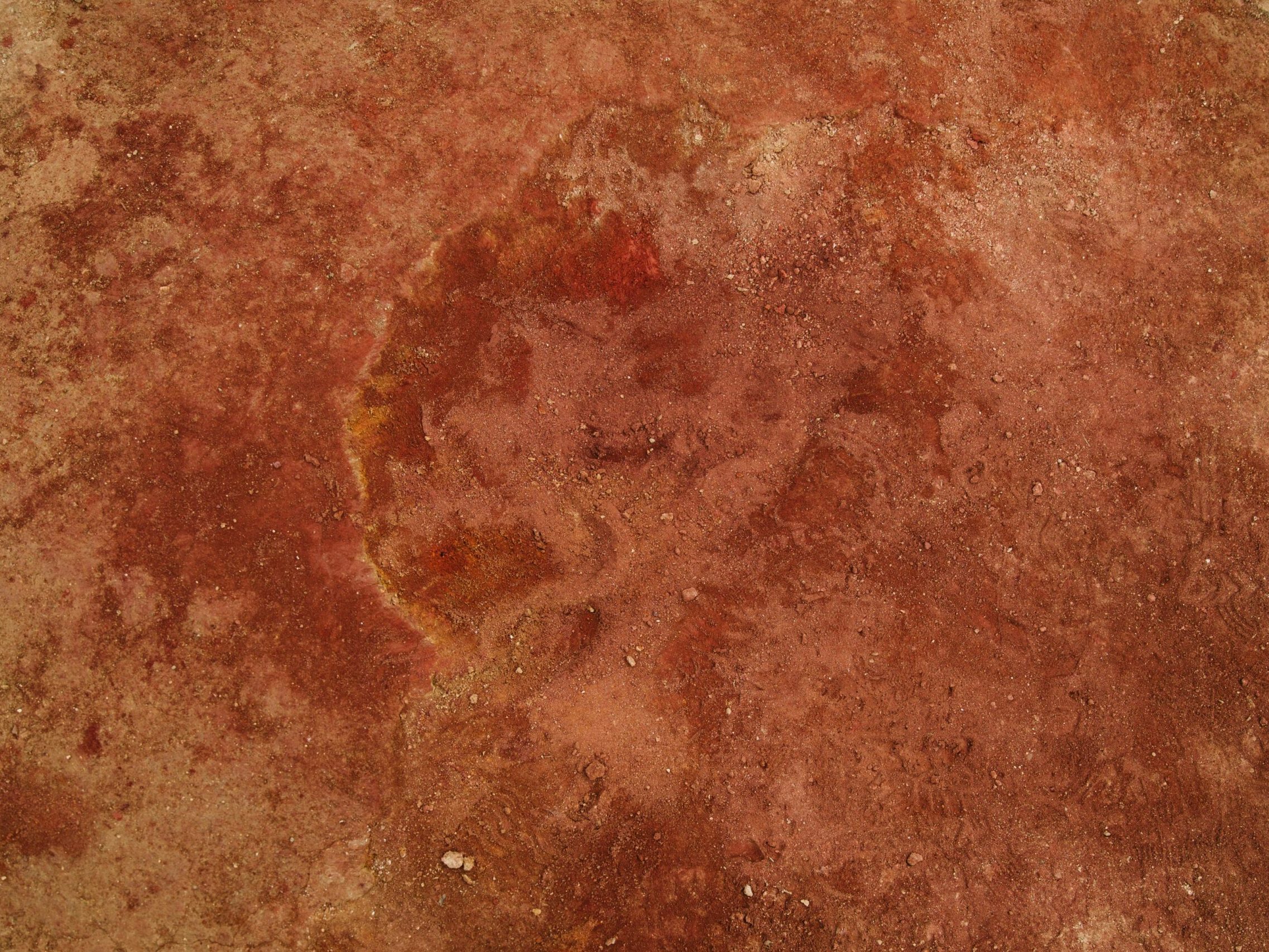01/29/2024
“Through missions like Ingenuity, NASA is paving the way for future flight in our solar system and smarter, safer human exploration to Mars and beyond,” said NASA administrator Bill Nelson in a statement. After three years on Mars, Ingenuity, the Martian helicopter that made history, performed its final flight on January 18, 2024. A short vertical flight, also known as a hop, took place that day to help the mission team determine its exact location. Upon landing, the team lost communication with the helicopter when the chopper was about 3 feet off the ground. Communications were restored the following day, but the team soon discovered that the vehicle had taken its last flight. Ingenuity captured an image of its shadow on the Martian surface that revealed to the team that its rotor blade had been damaged. Though they are still investigating exactly what happened and why, the team believes the blade may have struck the ground during a rough landing. About 25 percent of the blade is estimated to be missing.
Despite its abrupt retirement, Ingenuity exceeded all expectations. Ingenuity arrived on Mars via the undercarriage of the Perseverance rover in February 2021. A late addition to the mission, the aircraft was relatively cheap to build, utilizing several off-the-shelf components including a 2015 cell phone processor and lithium-ion batteries. Thanks to Ingenuity, engineers can definitively say that certain off-the-shelf components can survive Mars’ intense radiation and temperatures for multiple years. There is no telling how this knowledge could inform future missions.
Just as Ingenuity’s name is befitting of its design, its achievements are a testament to its engineers. The mission, meant to last five flights over 30 days, continued for 72 flights over three years. After its initial five flights which were intended to demonstrate the technology, Ingenuity landed a new role scouting the Martian terrain for the Perseverance rover. Though it was only meant to operate in the spring, the four-pound aircraft survived cold Martian winters. It also cleaned itself up after dust storms, operated with a dead orientation sensor, and executed three emergency landings. Ingenuity was also the first aircraft on another world, even carrying a small swatch of the Wright Brothers Flyer 1: the first heavier-than-air powered aircraft to successfully fly on Earth in 1903. The aircraft’s success is proof of humankind’s capabilities when motivated by a synergistic combination of curiosity and knowledge.
The facts learned from Ingenuity’s mission have already inspired future Marscopter missions, including a mission to return Mars samples to Earth. However, that mission is currently being reconsidered due to technological and budgetary challenges. Meanwhile, the space tourism market is slated to undergo substantial growth, with a projected value reaching $17.7 billion by 2032 – up from $1.16 billion in 2023. Yet as of 2015, NASA’s budget, which peaked during the Space Race in the 1960s, has decreased to a fraction of a percent of the federal budget. As private funding for space tourism increases and government funding for space exploration remains minimal, the disparity might be cause for concern. Not only are the motivations for public versus private space travel not clearly aligned, but space tourism raises several ethical questions including its environmental impact. Although the financial value of space tourism is projected to increase, its return on investment might not be worth quite as much.

